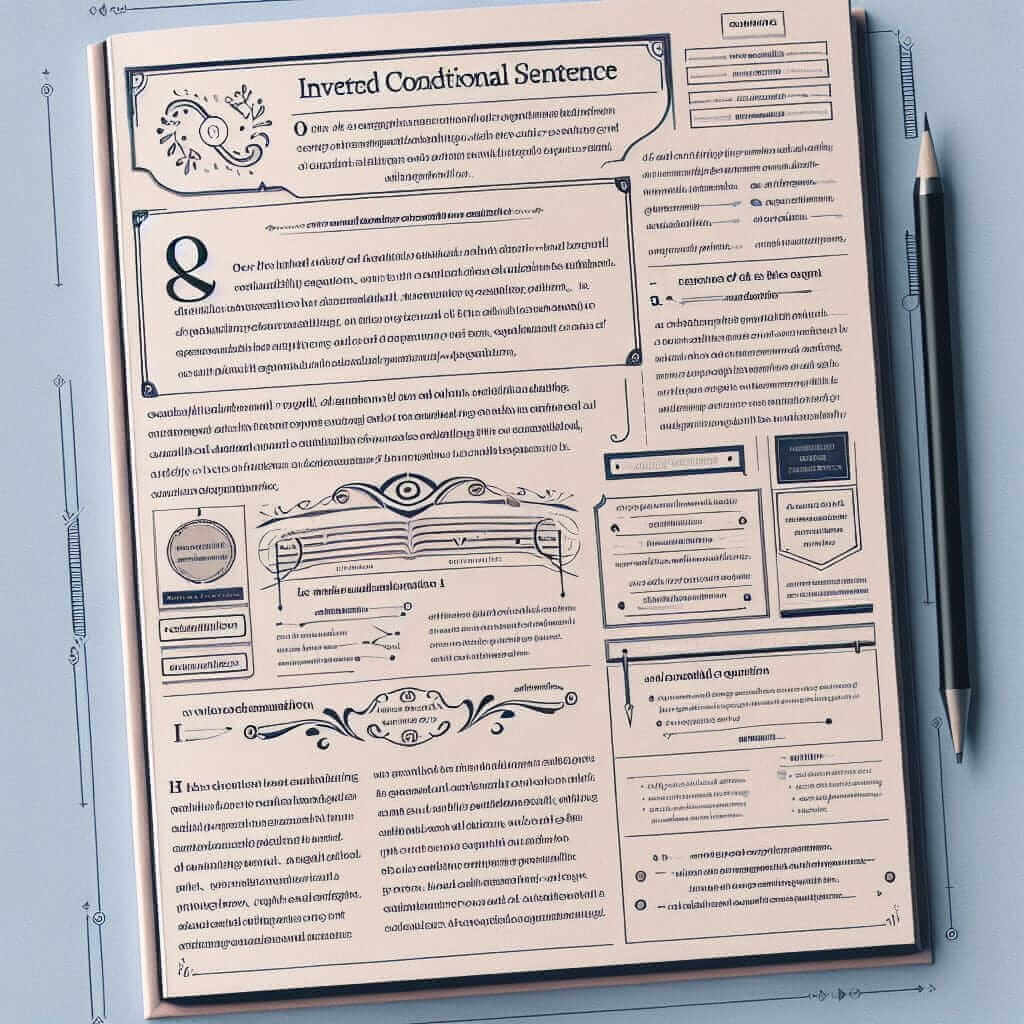“Were it not for the rain, we would go out.” This sentence, while seemingly simple, employs a sophisticated grammatical structure that often trips up IELTS test-takers. This structure, known as an inverted conditional, can significantly enhance your writing and speaking, demonstrating a strong command of the English language and potentially boosting your band score.
Nội dung bài viết
Let’s see how this structure can be applied across different sections of the IELTS exam:
Speaking:
- “Were it not for my fear of flying, I would have accepted that job offer in Australia.” (This showcases a confident use of complex grammar while discussing hypothetical situations, a common theme in the IELTS Speaking test.)
Writing Task 2:
- “Were it not for the rapid advancement of technology, many of the global challenges we face today would be insurmountable.” (This sentence, used in an essay about the impact of technology, demonstrates an ability to construct impactful arguments.)
Now, let’s delve deeper into this useful grammatical tool.
Understanding Inverted Conditionals
Inverted conditionals, sometimes called “conditional inversion” or “inversion in conditional clauses,” offer a more formal and sophisticated way to express hypothetical situations. They are particularly useful for emphasizing the unlikely or unreal nature of the condition.
These structures are often found in formal writing and spoken discourse, showcasing a higher level of language proficiency – a crucial aspect of achieving a high IELTS band score.
Frequency in IELTS
While not overly common, inverted conditionals do appear in the IELTS exam, particularly in reading passages and listening sections that involve formal or academic language. Using them appropriately in your writing and speaking demonstrates a nuanced understanding of English grammar and can contribute to a higher score.
Structure and Grammar
The typical structure of an inverted conditional is as follows:
Were/Should/Had + Subject + Past Participle + …, + Main Clause
Let’s break it down:
- Inversion: The sentence structure is inverted, with the auxiliary verb (“were,” “should,” or “had”) coming before the subject.
- Use of the Subjunctive: Notice the use of “were” with all subjects, even singular ones. This is a remnant of the subjunctive mood, used to express hypothetical or unreal situations.
- Past Participle: The verb in the conditional clause is in the past participle form (e.g., “gone,” “eaten,” “done”).
Usage in Different Tenses
- Present Unreal Conditional: Used for hypothetical situations in the present or future: “Were I a millionaire, I would travel the world.”
- Past Unreal Conditional: Used for hypothetical situations in the past: “Had I known about the traffic, I would have left earlier.”
<
Applying Inverted Conditionals in IELTS
Writing
Inverted conditionals can add a touch of formality and sophistication to your essays, making your arguments more persuasive. Here’s an example for Writing Task 2:
Topic: The increasing use of technology in education.
Example: “Were it not for the accessibility of online learning platforms, many individuals in remote areas would be deprived of quality education. However, it is crucial to address the digital divide to ensure equal opportunities for all.”
Speaking
While you wouldn’t use inverted conditionals in casual conversation, they can be effective in the IELTS Speaking test, particularly in Part 3 where you discuss more abstract and complex issues.
Example:
Examiner: What are the potential benefits of space exploration?
Candidate: “Well, space exploration has driven numerous technological advancements. Were it not for the space race, we might not have technologies like GPS or satellite communication which are integral to our lives today.”
Achieving a Higher Band Score
Using inverted conditionals correctly demonstrates a high level of grammatical accuracy and range, two key factors assessed in the IELTS exam. It shows that you can manipulate complex grammatical structures effectively, contributing to a more sophisticated and natural writing and speaking style.
Alternatives for Variety
While inverted conditionals are impressive, it’s important to use them judiciously and not force them into your writing or speech. You can achieve a similar effect with other structures like:
- “If it were not for…”: “If it were not for the rain, we would go out.”
- “But for…”: “But for the rain, we would go out.”
- “Without…”: “Without the rain, we would go out.”
Common Mistakes to Avoid
- Incorrect verb tense: Ensure the verb tense in both the conditional clause and the main clause is consistent and reflects the intended meaning.
- Misplaced subject: Remember the inverted structure – the auxiliary verb comes before the subject.
- Overuse: While sophisticated, using too many inverted conditionals can make your writing or speech sound unnatural and forced.
Conclusion
Mastering inverted conditionals can be a valuable asset for your IELTS journey. By understanding their structure, usage, and potential pitfalls, you can wield them effectively to enhance your language proficiency and boost your chances of achieving a higher band score. Keep practicing, and soon, these complex structures will become a natural part of your English repertoire.